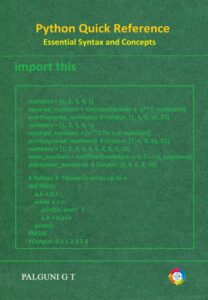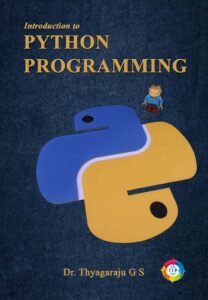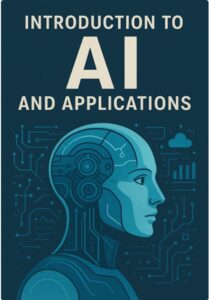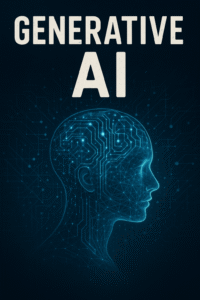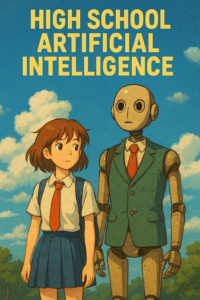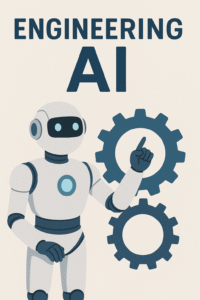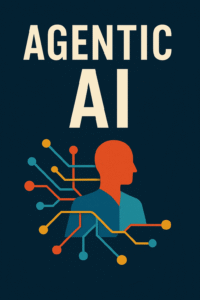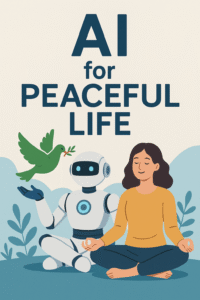Introduction:
In today’s rapidly evolving digital landscape, discussions about the impact of Artificial Intelligence (AI) on the workforce abound. While fears of job displacement often loom large, it’s crucial to recognize that AI is not the enemy of human employment. Rather, it’s the way AI is wielded by individuals and organizations that determines its impact. As Logan Kilpatrick astutely noted, “AI won’t take your job, it’s somebody using AI that will take your job.” Moreover, Kilpatrick’s assertion that individuals will become “10x more valuable in the coming years” underscores the transformative potential of AI in enhancing human capabilities and productivity.
The Role of AI in the Workplace:
AI technologies, encompassing machine learning, natural language processing, robotics, and more, have permeated virtually every industry. From automating routine tasks to uncovering insights from vast datasets, AI has the potential to revolutionize how work is done. However, the fear of AI replacing human workers fails to consider the nuanced relationship between technology and human ingenuity.
Augmenting Human Potential:
Rather than displacing jobs, AI has the power to augment human potential in unprecedented ways. By automating repetitive tasks and providing valuable insights, AI frees up human workers to focus on higher-value activities that require creativity, critical thinking, and emotional intelligence. As a result, individuals can leverage AI as a tool to enhance their productivity and effectiveness in the workplace.
The Importance of Skill Development:
In the era of AI, the value of human workers lies in their ability to adapt, learn, and continuously develop new skills. As AI takes on more routine tasks, individuals have the opportunity to upskill or reskill in areas that complement AI technologies. This may include skills related to data analysis, programming, human-centered design, or strategic decision-making. By investing in skill development, individuals can position themselves as indispensable contributors in the AI-powered workforce.
Collaboration Between Humans and AI:
The true power of AI lies in its ability to collaborate with human workers, rather than supplanting them. Through human-AI collaboration, individuals can leverage AI’s analytical capabilities and computational power to make more informed decisions, solve complex problems, and drive innovation. By embracing AI as a partner rather than a threat, individuals can unlock new possibilities for productivity and growth.
Creating Value in the AI Economy:
In the emerging AI economy, individuals who possess a blend of technical expertise, domain knowledge, and soft skills will be in high demand. These individuals, often referred to as “T-shaped” professionals, have deep expertise in a specific domain or technical area, complemented by a broad range of interdisciplinary skills. By cultivating a diverse skill set and embracing lifelong learning, individuals can position themselves as valuable contributors in the AI-driven workforce.
Conclusion:
In conclusion, the widespread adoption of AI presents both opportunities and challenges for the workforce. While fears of job displacement are understandable, it’s essential to recognize that AI is a tool that can enhance, rather than replace, human potential. By leveraging AI technologies effectively and investing in skill development, individuals can become more valuable contributors in the workplace. As Logan Kilpatrick aptly stated, “AI won’t take your job, it’s somebody using AI that will take your job.” Embracing this mindset and harnessing the power of AI-human collaboration, individuals can thrive in the dynamic and evolving landscape of the future workforce.


